Home>Renovation & DIY>Tools & Equipment>How To Get Screws Out Without A Screwdriver
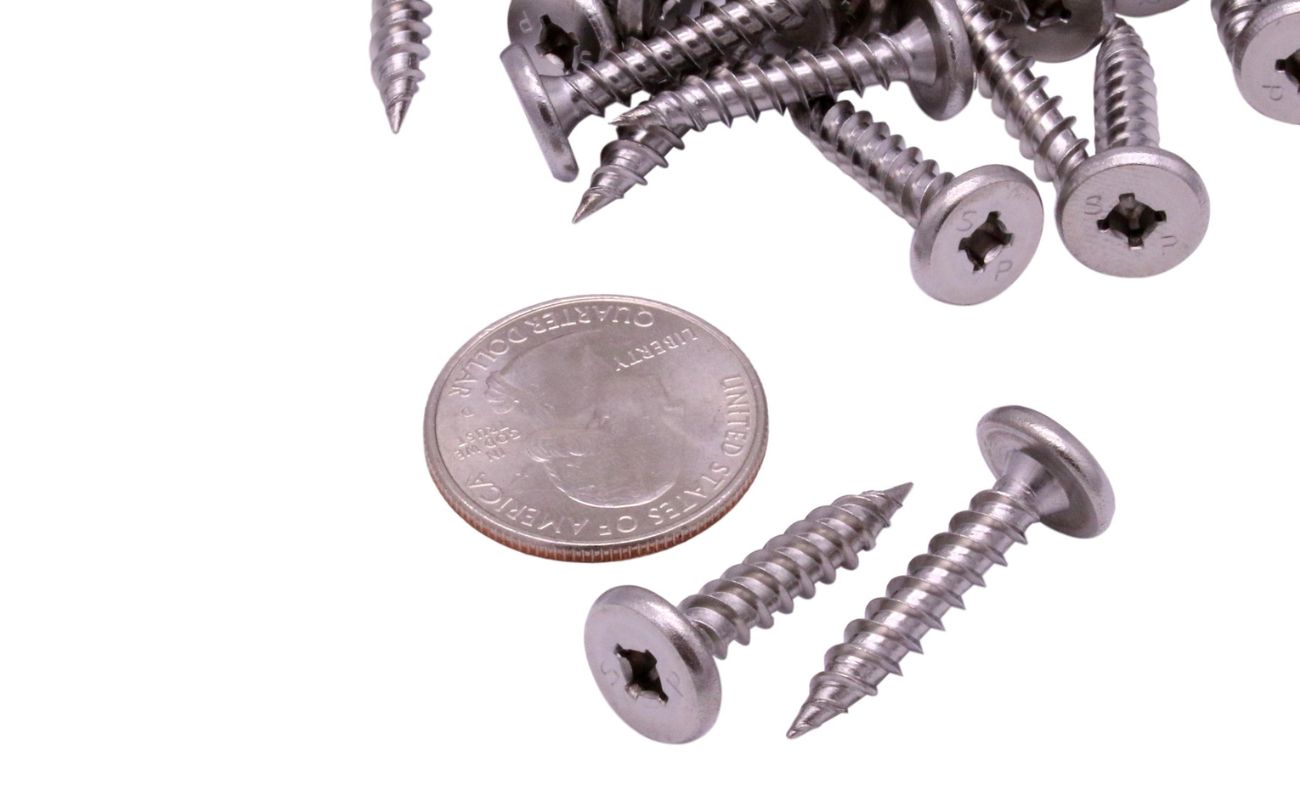

Tools & Equipment
How To Get Screws Out Without A Screwdriver
Published: December 19, 2023
Learn how to remove screws without a screwdriver using alternative tools and equipment. Discover effective techniques for handling this common DIY challenge.
(Many of the links in this article redirect to a specific reviewed product. Your purchase of these products through affiliate links helps to generate commission for Storables.com, at no extra cost. Learn more)
Introduction
Whether you're a DIY enthusiast or find yourself in a pinch without a screwdriver, there are alternative methods to remove screws without the traditional tool. From household items to basic tools, these clever techniques can save the day when a screwdriver is nowhere to be found. Let's explore various inventive ways to tackle this common challenge and get those stubborn screws out without a screwdriver. Whether you're dealing with a stripped screw head, a missing screwdriver, or simply want to try a different approach, these methods can come in handy in a pinch. Let's dive into the world of unconventional screw removal and discover the ingenuity of everyday items.
Key Takeaways:
- When you don’t have a screwdriver, you can use everyday items like coins, butter knives, rubber bands, and wrenches to remove stubborn screws. It’s a creative and resourceful way to solve a common problem.
- Repurposing items for screw removal, such as coins and butter knives, showcases the ingenuity and adaptability of everyday tools. It’s a fun and inventive way to tackle DIY challenges without traditional equipment.
Using a Coin
When faced with a stubborn screw and no screwdriver in sight, a coin can often come to the rescue. This method is particularly effective for screws with a slotted head, commonly known as flathead screws. Here’s how to use a coin to remove a screw:
- Select a Suitable Coin: Choose a coin that fits snugly into the screw’s slot. A quarter or a nickel is typically the best option, as they are sturdy and have a flat edge that can grip the screw’s slot effectively.
- Position the Coin: Place the coin into the slot of the screw, ensuring that it sits firmly and securely. Press down on the coin to create friction and grip the screw’s head.
- Turn the Coin: With the coin securely in place, apply steady pressure while turning the coin counterclockwise to loosen the screw. It may require some patience and effort, but the coin’s edge can effectively engage with the screw’s slot and facilitate its removal.
Using a coin as a makeshift screwdriver can be a practical solution in situations where a traditional screwdriver is unavailable. It’s important to exercise caution and ensure that the coin fits securely into the screw’s slot to avoid slipping and causing damage to the screw or surrounding surfaces. This method showcases the resourcefulness of everyday items and demonstrates how a simple coin can serve as a versatile tool in a pinch.
Using a Butter Knife
When confronted with a stubborn screw and lacking a screwdriver, a butter knife can be repurposed as an effective alternative tool for screw removal. This method can be particularly useful for screws with a slotted or flathead design. Here’s how to use a butter knife to tackle the task:
- Select a Sturdy Butter Knife: Choose a butter knife with a solid and thick blade, as this will provide the necessary strength and leverage for the task at hand.
- Position the Blade: Insert the tip of the butter knife into the screw’s slot, ensuring that it fits securely and does not wobble. The blade should align with the grooves of the screw to facilitate engagement.
- Apply Pressure: With the butter knife positioned securely in the screw’s slot, apply downward pressure to create friction and grip the screw’s head. This will enable you to turn the butter knife and loosen the screw.
- Turn the Knife: While maintaining pressure and ensuring a secure fit, carefully turn the butter knife counterclockwise to loosen the screw. Exercise patience and steady control to avoid slippage and effectively remove the screw.
Repurposing a butter knife as a makeshift screwdriver showcases the versatility of everyday items and the ingenuity of resourceful problem-solving. It’s important to exercise caution and ensure that the butter knife is securely positioned in the screw’s slot to prevent slipping and potential damage. This method exemplifies the adaptability of common household tools and their ability to serve unexpected purposes in times of need.
Use a rubber band to get a better grip on the screw head. Place the rubber band over the screw head and use a pair of pliers to twist it out.
Using a Drill
When faced with a stubborn screw and lacking a traditional screwdriver, a power drill can serve as an effective alternative for screw removal. This method is particularly suitable for screws with a Phillips or crosshead design, as well as certain types of hex screws. Here’s how to use a drill to tackle the task:
- Choose the Correct Bit: Select a drill bit that matches the screw head’s design. For Phillips screws, choose a Phillips-head bit, while hex screws require a matching hex bit. Ensure that the bit securely fits the screw head to prevent slippage.
- Secure the Bit: Insert the chosen drill bit into the drill’s chuck and tighten it securely to ensure a stable connection. This will prevent the bit from slipping or becoming dislodged during the screw removal process.
- Position the Drill: Place the drill bit into the screw’s head, ensuring that it aligns perfectly with the grooves or depression of the screw. Apply gentle pressure to keep the bit engaged with the screw.
- Activate the Drill: With the drill securely positioned and the bit engaged with the screw, activate the drill in the counterclockwise direction. Use a slow and steady speed to gradually loosen the screw without causing damage or stripping the threads.
Utilizing a power drill as an alternative to a traditional screwdriver demonstrates the adaptability of tools and their ability to serve multiple purposes. It is essential to exercise caution and maintain control over the drilling process to avoid damaging the screw or surrounding surfaces. This method showcases the versatility of power tools and their capacity to address common challenges in unconventional ways.
Using a Rubber Band and a Wrench
When faced with a challenging screw and lacking a screwdriver, a rubber band and a wrench can be ingeniously employed to facilitate screw removal. This method is particularly effective for screws with a stripped or damaged head, as well as those with a slotted or flathead design. Here’s how to utilize a rubber band and a wrench to tackle the task:
- Wrap the Screw Head: Place a rubber band over the damaged or stripped screw head, ensuring a tight and secure fit. The rubber band enhances the grip and traction on the screw, allowing the wrench to engage effectively.
- Position the Wrench: Select an appropriately sized wrench and place it over the rubber band-covered screw head. Ensure that the wrench fits securely and aligns with the screw’s slot or grooves to facilitate engagement.
- Apply Pressure: With the wrench positioned securely over the rubber band and the screw head, apply downward pressure to grip the screw effectively. This will enable you to turn the wrench and loosen the stubborn screw.
- Turn the Wrench: While maintaining pressure and ensuring a secure fit, carefully turn the wrench counterclockwise to loosen the screw. Exercise patience and steady control to avoid slippage and effectively remove the screw.
Employing a rubber band and a wrench as makeshift tools for screw removal exemplifies the resourcefulness and creativity required to address challenges in the absence of traditional equipment. This method showcases the adaptability of everyday items and their ability to serve unexpected purposes in times of need. It’s essential to exercise caution and ensure a secure fit to prevent slippage and potential damage during the screw removal process.
Conclusion
When faced with the challenge of removing screws without a screwdriver, it’s reassuring to know that alternative methods exist to tackle the task effectively. From utilizing everyday items such as coins and butter knives to repurposing power tools like drills, the ingenuity of these techniques demonstrates the versatility and adaptability of tools for unconventional purposes. Whether dealing with stripped screw heads, missing screwdrivers, or simply seeking a different approach, these inventive methods can save the day in various scenarios.
These creative solutions not only showcase the resourcefulness of individuals when confronted with challenges but also highlight the adaptability of common household items and tools. The ability to repurpose items such as coins, butter knives, rubber bands, and wrenches for screw removal exemplifies the innovative spirit of DIY enthusiasts and problem solvers.
It’s important to approach these methods with caution and ensure that the tools and items are used safely to avoid damage or injury. Whether it’s using a coin as a makeshift screwdriver, repurposing a butter knife for the task, employing a power drill, or utilizing a rubber band and a wrench, these methods offer practical solutions when traditional tools are unavailable.
By exploring these inventive approaches, individuals can expand their problem-solving skills and develop a deeper appreciation for the versatility of everyday items. These unconventional methods not only provide effective solutions but also inspire creativity and resourcefulness in addressing common challenges.
Next time you find yourself without a screwdriver, remember these inventive techniques and embrace the opportunity to think outside the box, utilizing everyday items in unexpected ways to overcome the obstacle of removing screws without traditional tools.
Frequently Asked Questions about How To Get Screws Out Without A Screwdriver
Was this page helpful?
At Storables.com, we guarantee accurate and reliable information. Our content, validated by Expert Board Contributors, is crafted following stringent Editorial Policies. We're committed to providing you with well-researched, expert-backed insights for all your informational needs.
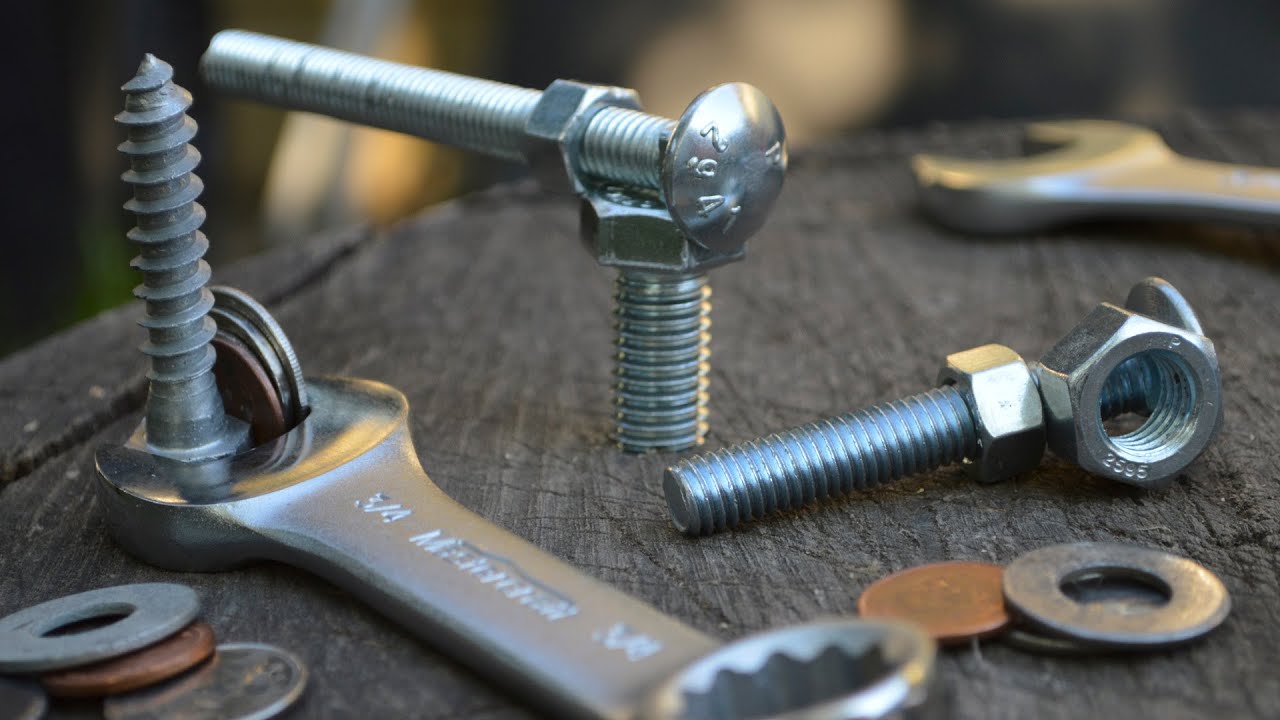
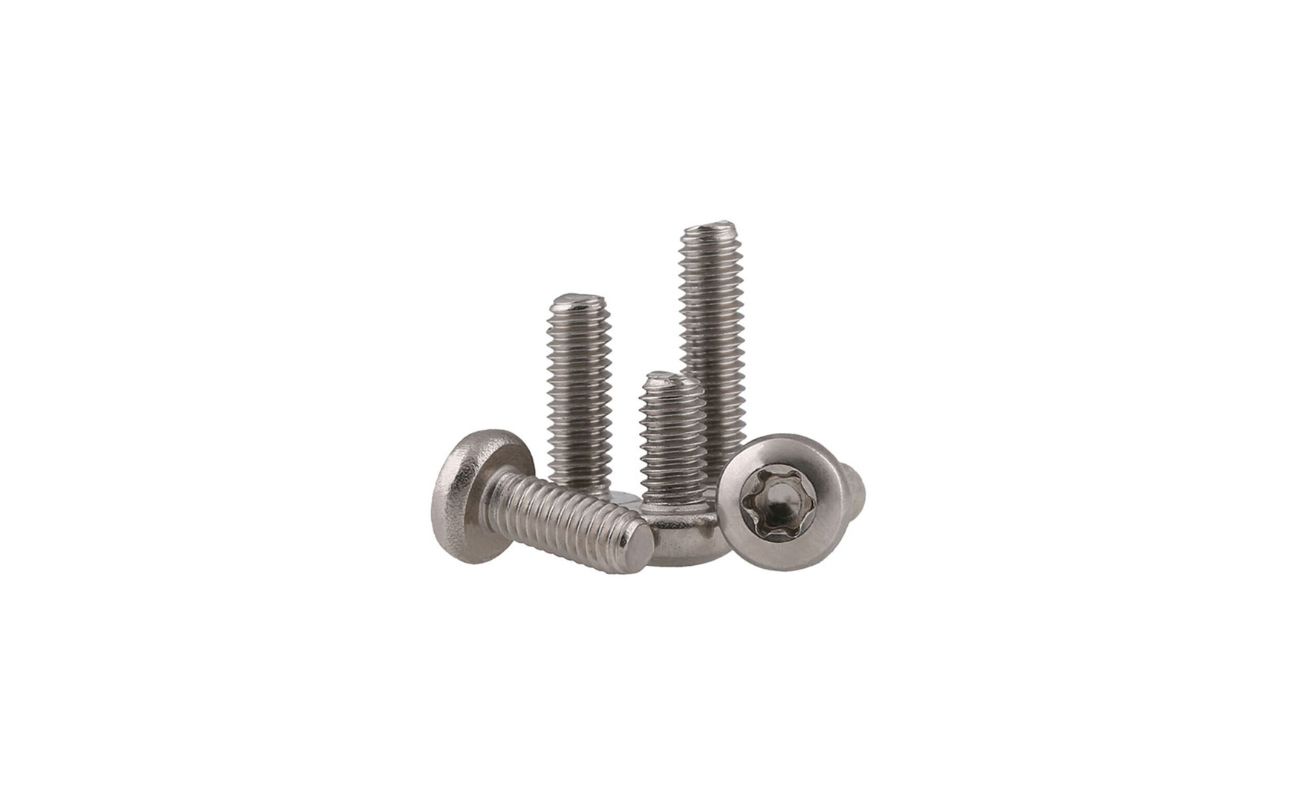
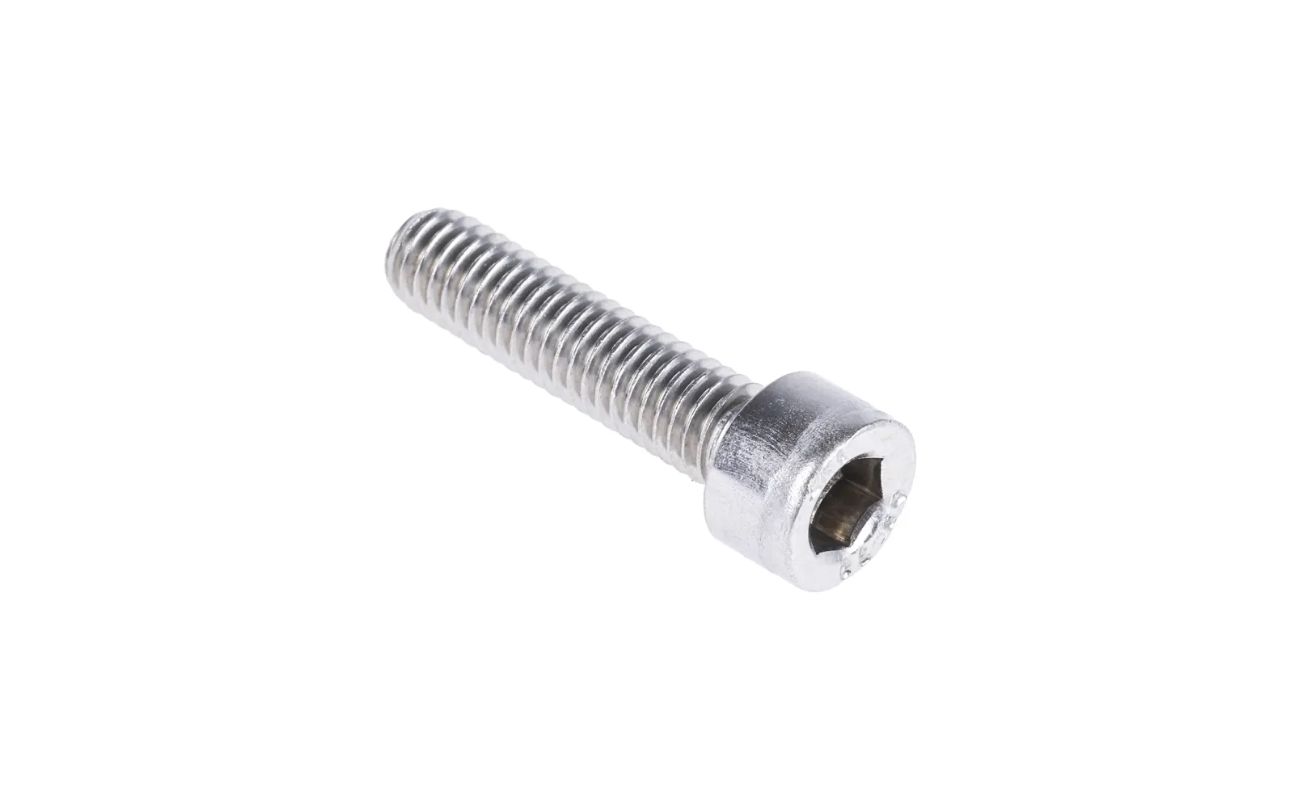
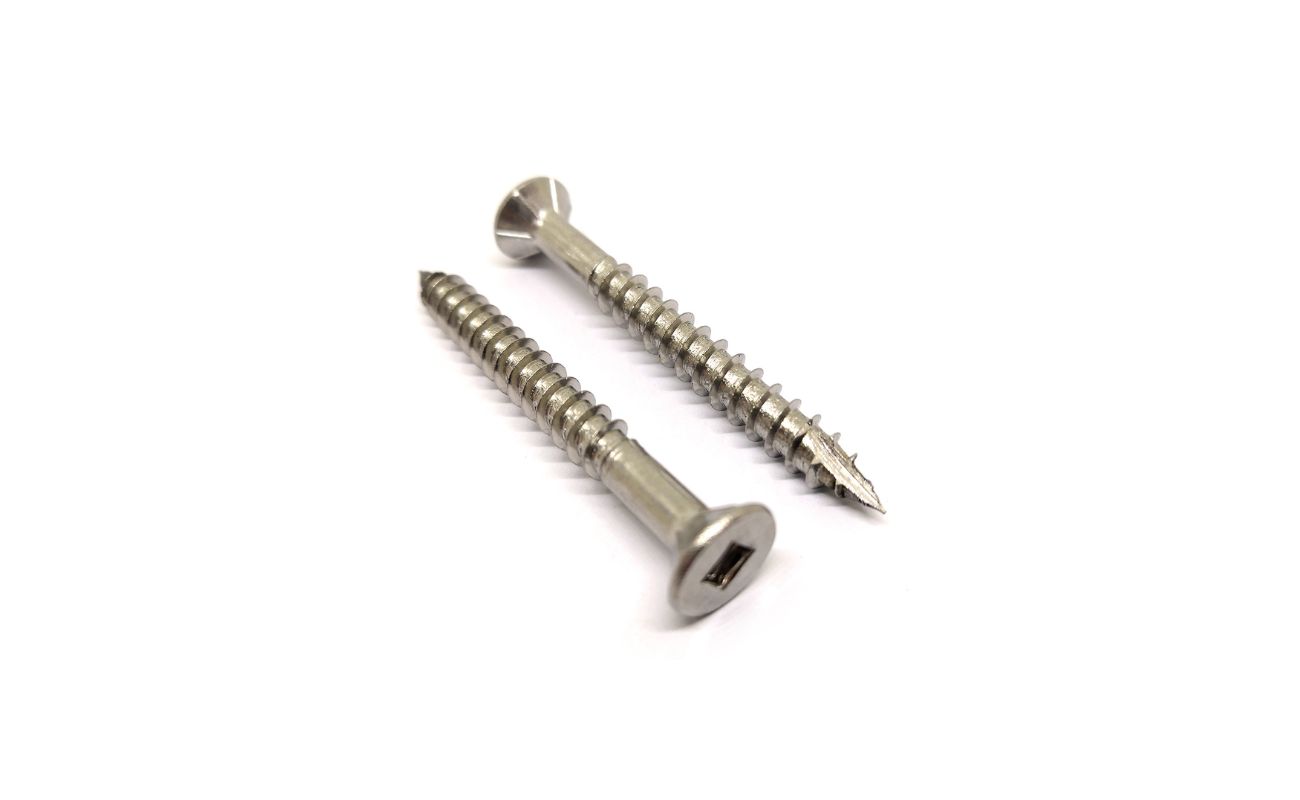
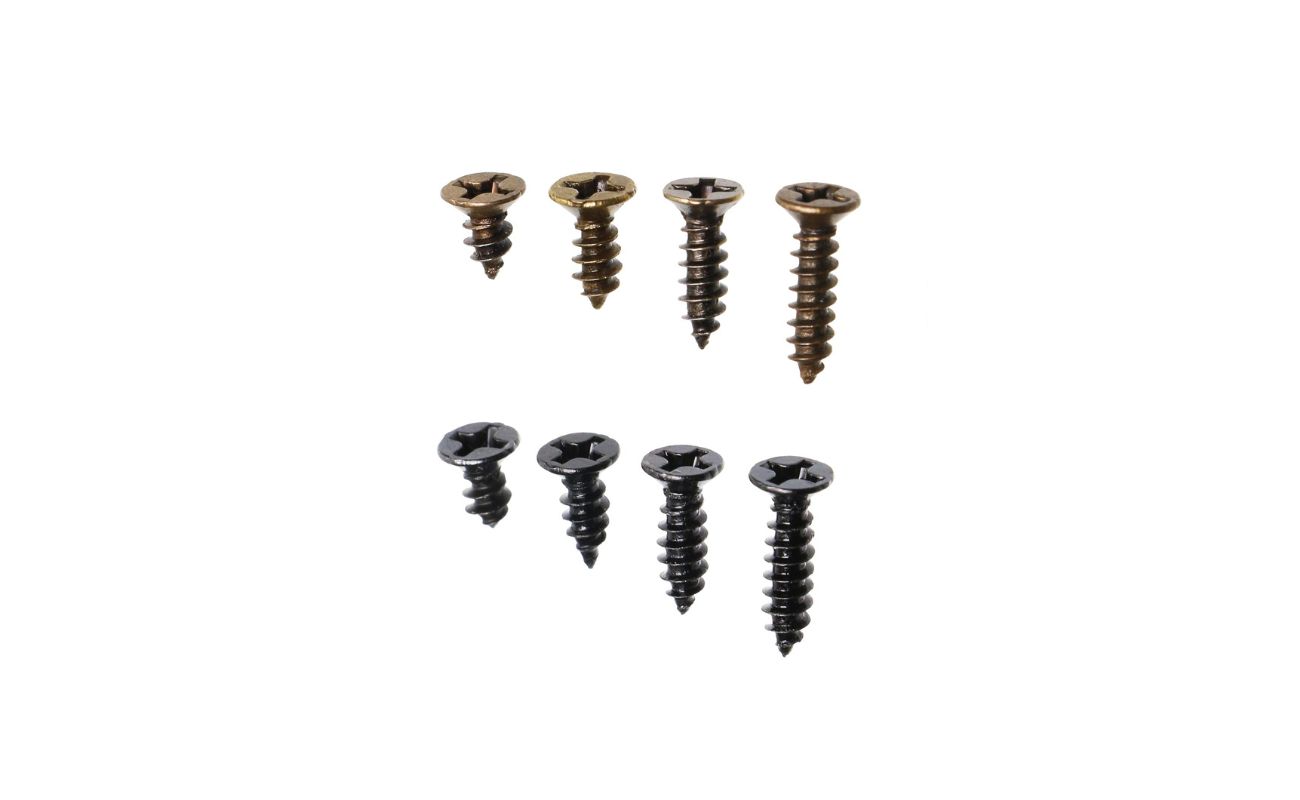

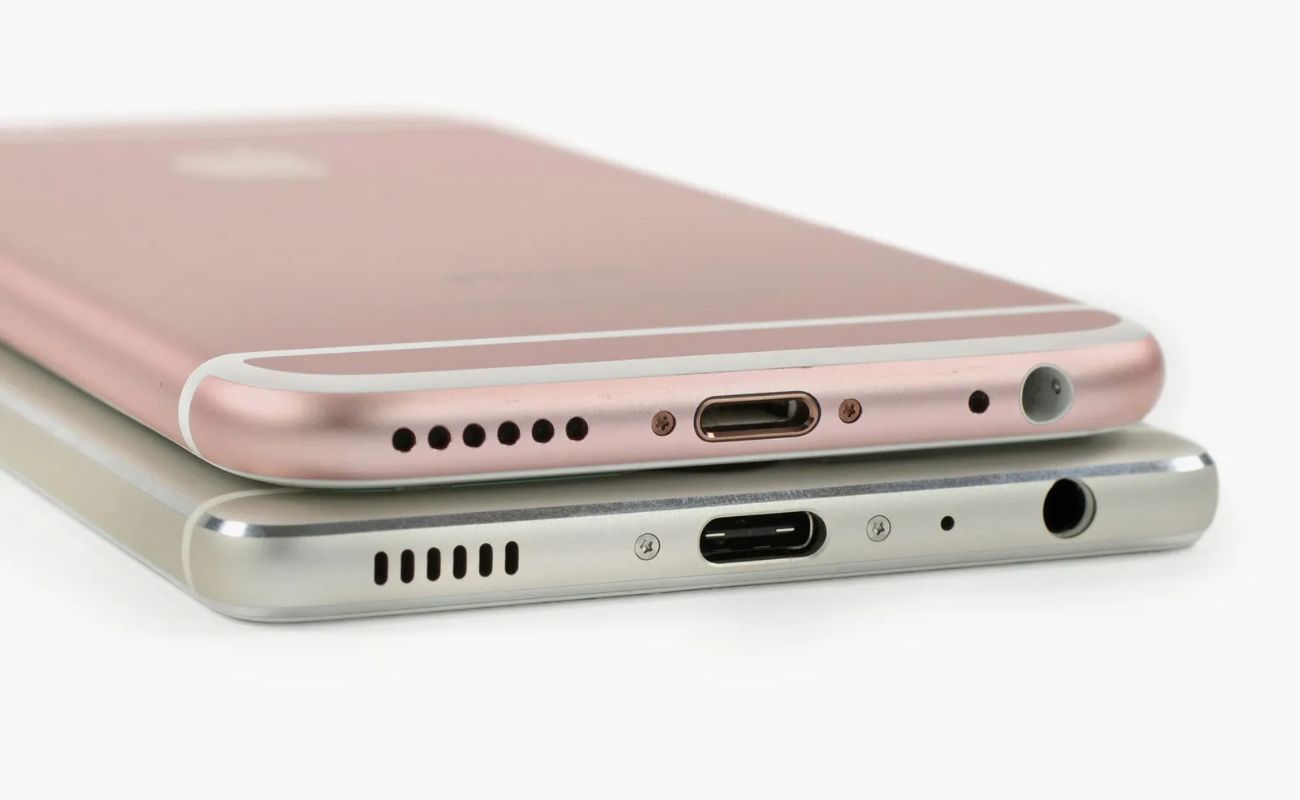
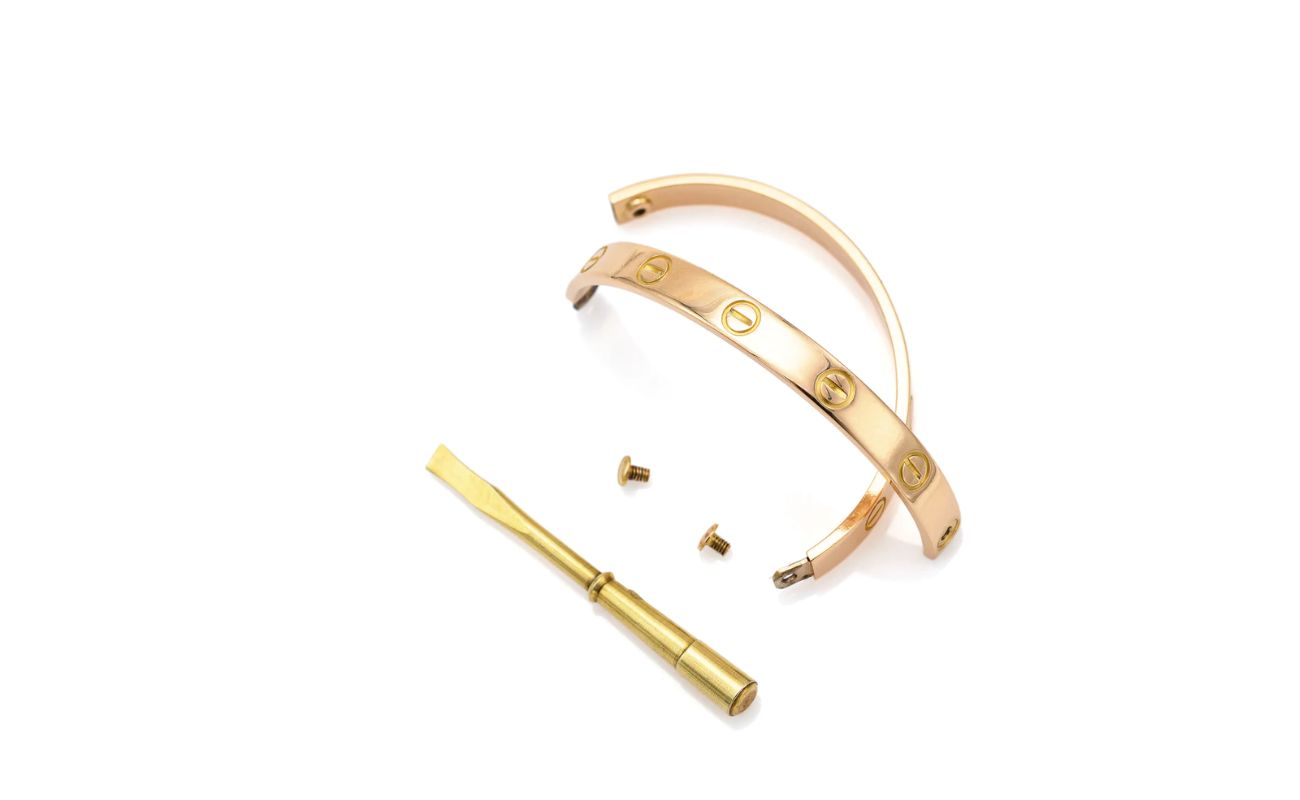




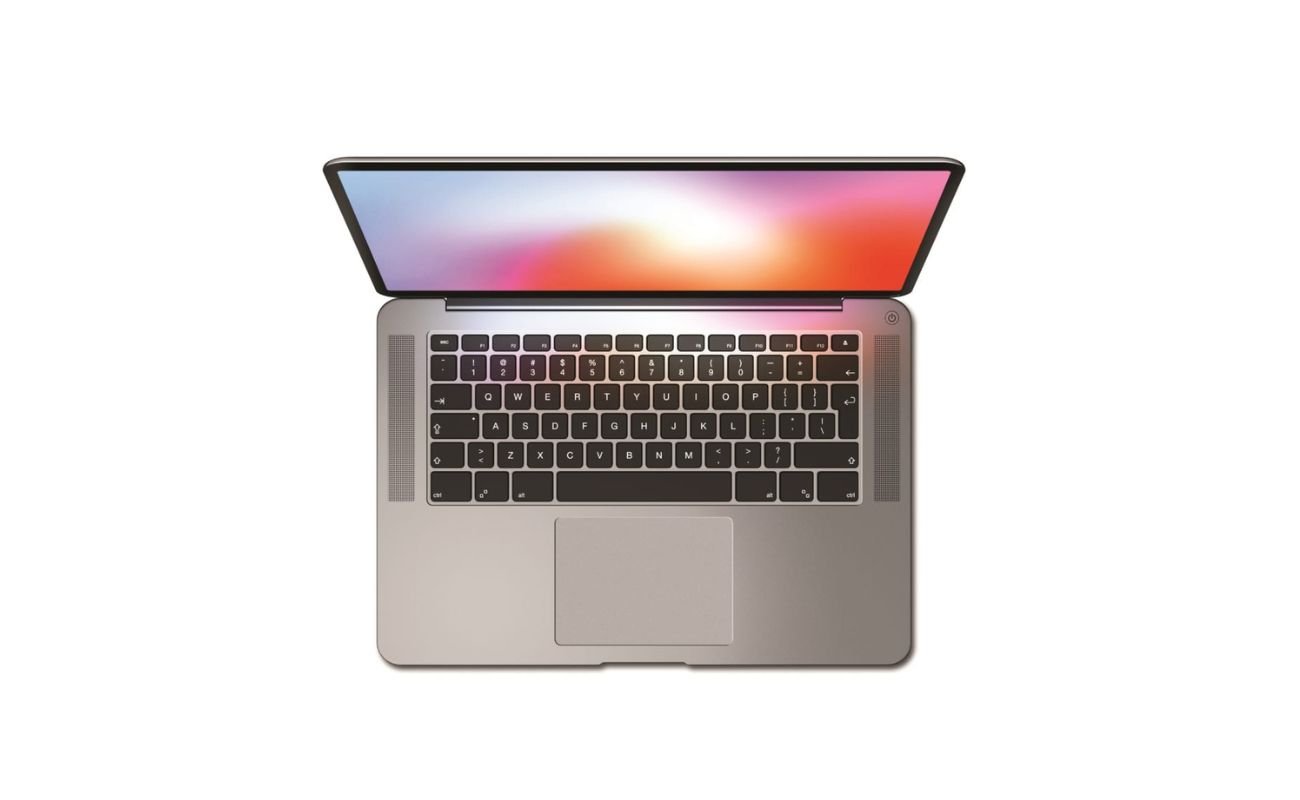
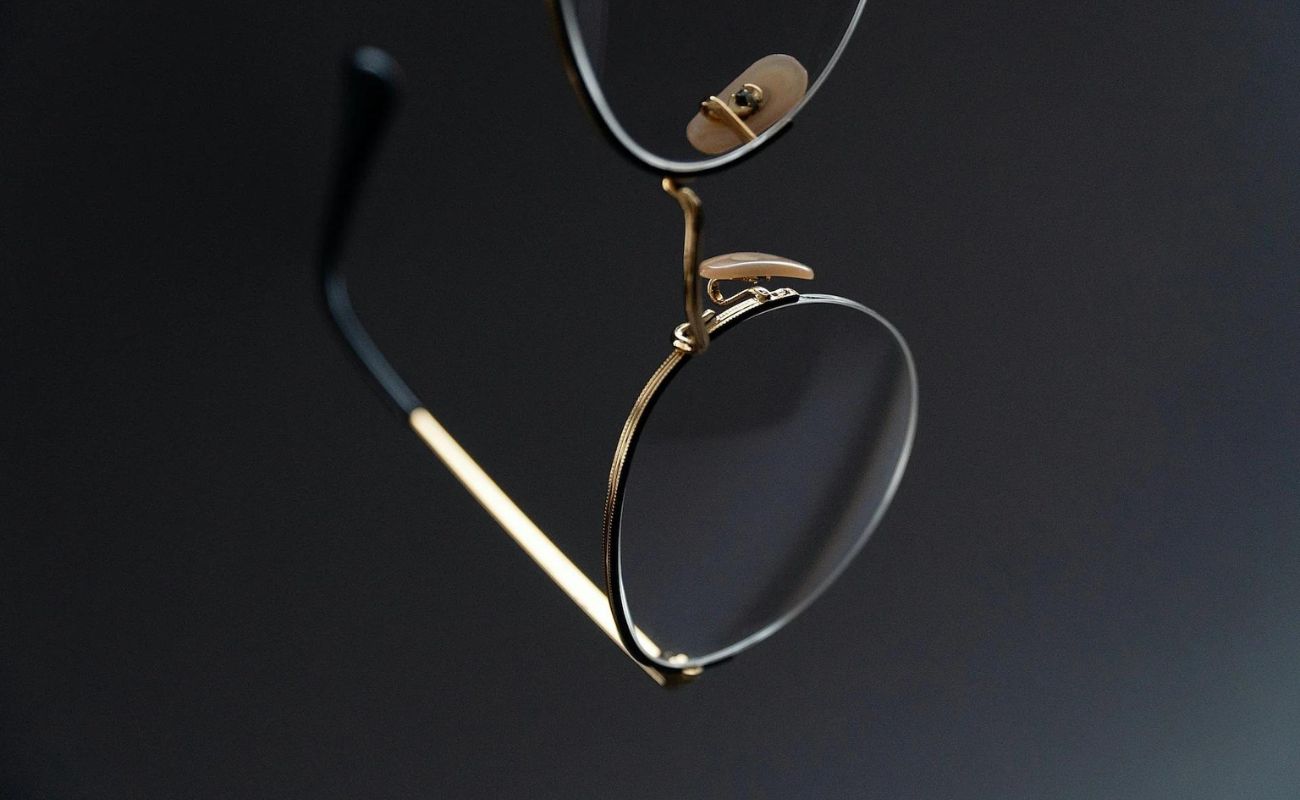

0 thoughts on “How To Get Screws Out Without A Screwdriver”